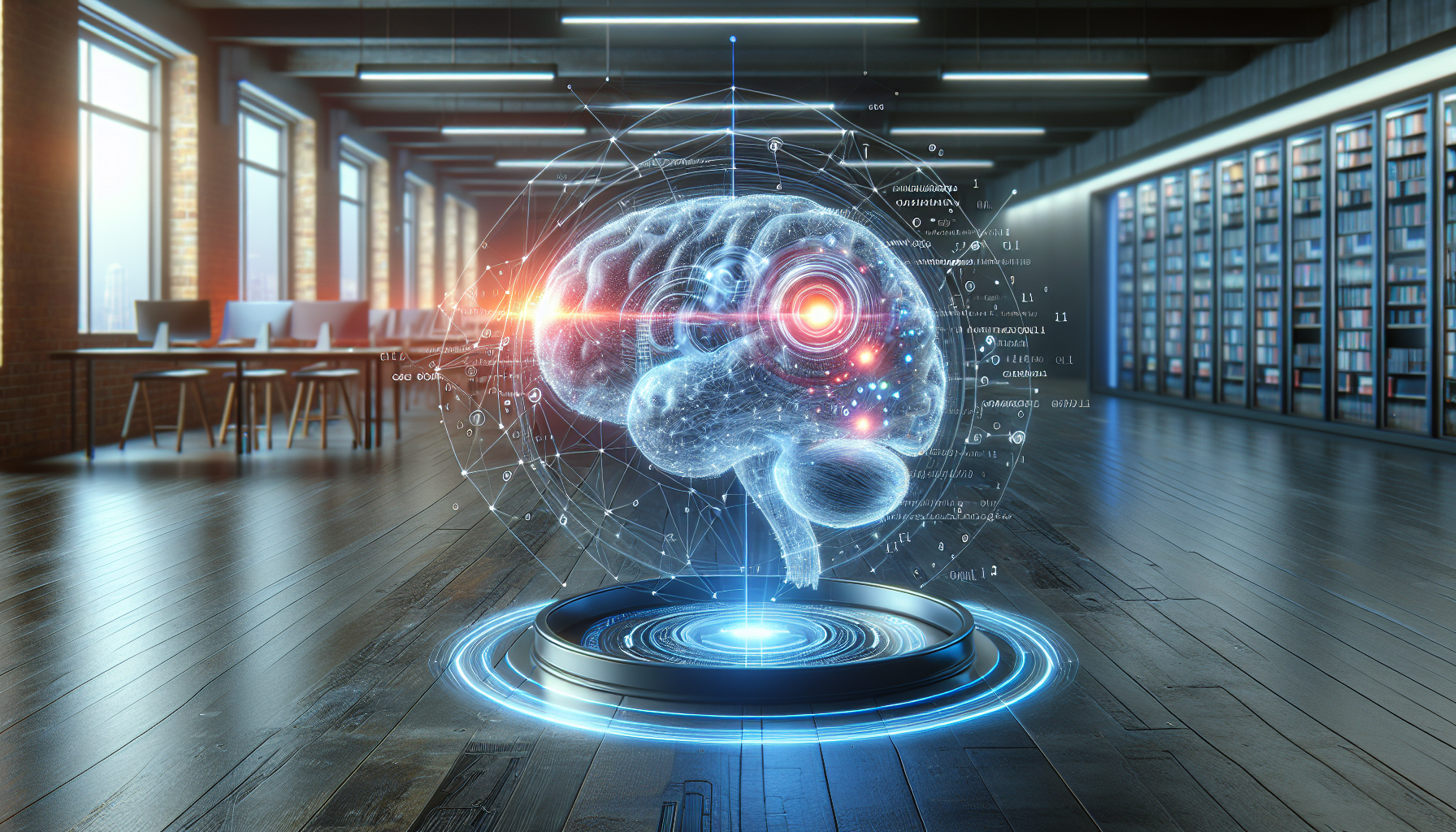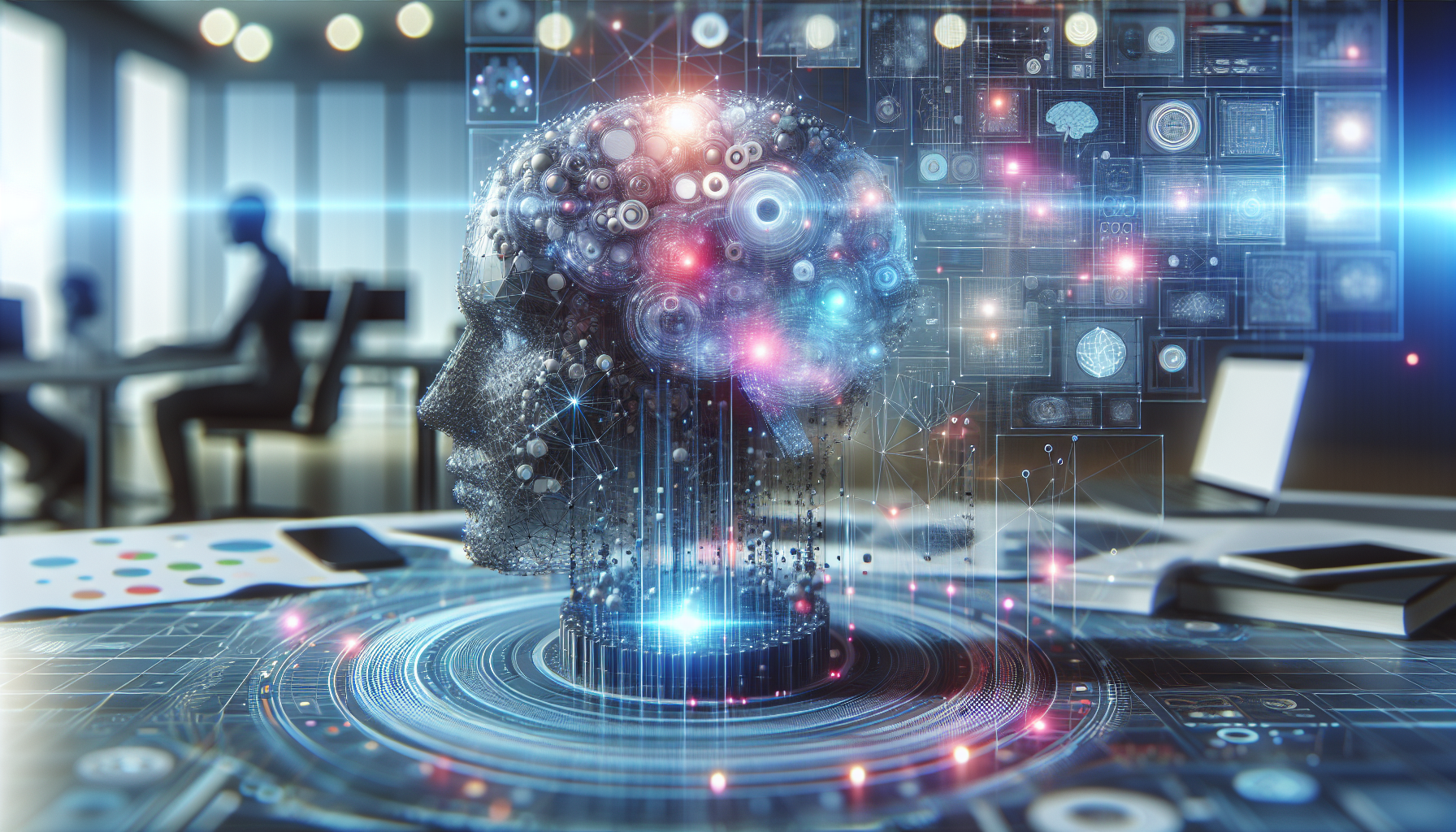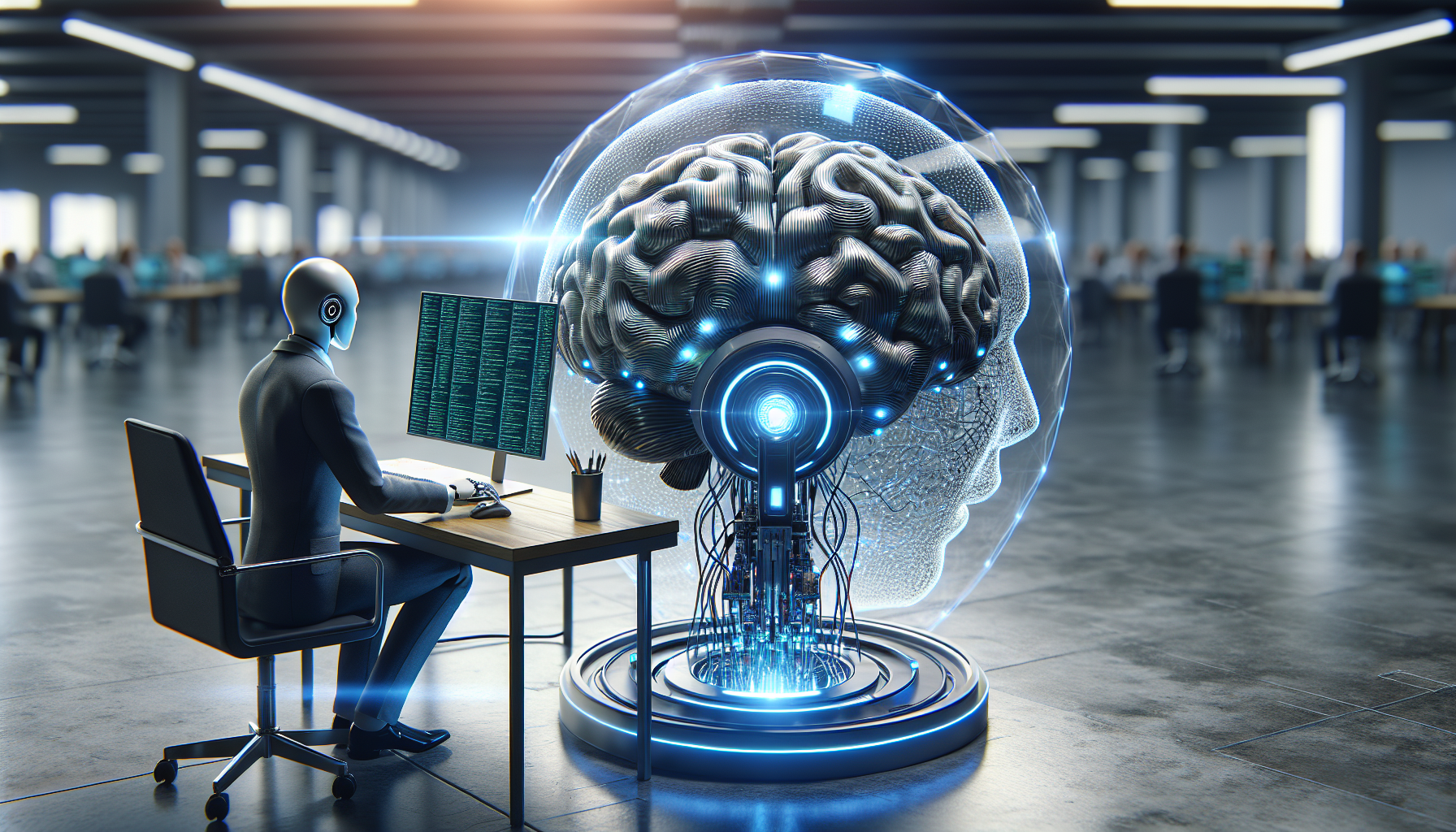
AI and Human-Computer Interaction: Bridging the Gap Through Innovative Interfaces
October 11, 2025
The integration of artificial intelligence into human-computer interaction (HCI) is not merely a trend but an evolving necessity, reshaping the way humans and machines communicate. One compelling case study that illustrates this transformation involves the development of adaptive user interfaces that seamlessly integrate AI technologies to enhance user experience and accessibility.
At the heart of this case study is an interdisciplinary research team that sought to develop an intelligent interface capable of adapting to the user's needs, preferences, and environment in real-time. The goal was to create a system that could learn from user interactions, providing a more intuitive and personalized experience. This interface was not just about convenience; it aimed to redefine accessibility for individuals with varying levels of ability.
The project began with a comprehensive analysis of existing human-computer interaction models, identifying key limitations in their ability to adapt dynamically to user input. Traditional interfaces often rely on static programming, which can be inflexible and inefficient. In contrast, the research team designed an interface that employed machine learning algorithms to continuously learn and evolve.
Central to this project was the deployment of natural language processing (NLP), allowing the system to understand and respond to user commands with increasing accuracy over time. Unlike conventional systems that require precise input to function correctly, this AI-driven interface could interpret context, tone, and even emotional cues, thereby reducing the cognitive load on the user. For instance, the system could recognize when a user was frustrated by their interaction and adapt its responses to be more supportive and guiding.
A pivotal aspect of this case study was the incorporation of computer vision technology. By utilizing cameras and sensors, the interface could detect and interpret visual cues from the user, such as gestures and facial expressions. This capability enabled the system to provide feedback and options tailored to the user's current state and surroundings. For example, if a user appeared confused, the system could present additional visual aids or simplify the information being conveyed.
Another innovative feature of this AI-enhanced interface was its ability to integrate seamlessly with other smart devices. By leveraging the Internet of Things (IoT), the system could control and interact with various home and office devices, creating a holistic and interconnected environment. This integration allowed users to manage multiple tasks and devices through a single interface, further enhancing the usability and efficiency of the system.
The project team also prioritized user privacy and security, recognizing that AI systems must handle sensitive data responsibly. Advanced encryption techniques were employed to protect user information, and the system was designed to process data locally whenever possible, minimizing the need to transmit personal information over the internet.
The outcome of this case study was a prototype that underwent extensive testing with diverse user groups. Feedback was overwhelmingly positive, with users reporting a significant improvement in their interaction experience. Many noted that the system's ability to anticipate their needs and adjust its responses made technology feel more accessible and less intimidating.
One of the most profound insights gained from this study was the realization that AI has the potential to democratize technology by making it more inclusive. By bridging the gap between human intent and machine execution, AI can empower individuals who might otherwise be marginalized by traditional interfaces.
As we continue to explore the intersection of AI and human-computer interaction, new challenges and opportunities will undoubtedly arise. How can we ensure that these intelligent systems remain transparent and accountable? What measures can we implement to prevent bias in AI-driven interfaces? These questions invite further exploration and innovation, pushing the boundaries of what is possible in the realm of HCI.
In this ever-evolving landscape, it becomes increasingly clear that the relationship between humans and machines is not a zero-sum game. Instead, it is a dynamic partnership where each can enhance the other's capabilities. As AI continues to mature, its integration into human-computer interaction will redefine our technological landscape, opening up new avenues for creativity, accessibility, and understanding.


